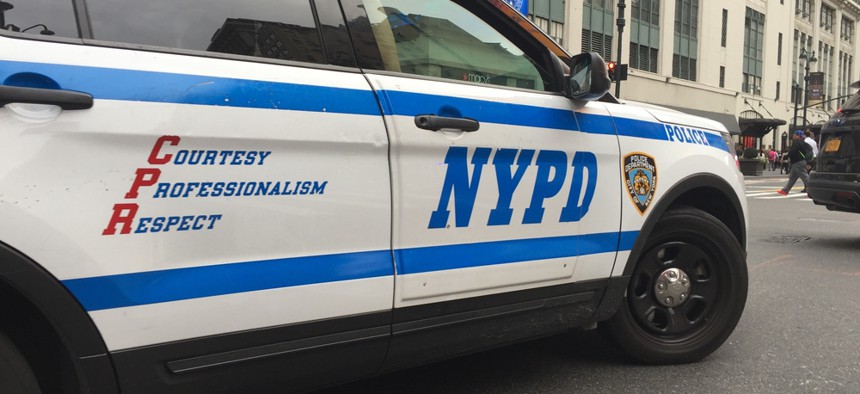New York City’s warrantless stop-and-frisk program has been dying a slow but welcome death since a federal court in 2013 ruled the practice unconstitutional and amid strong political opposition. Although there is evidence and concern that the police are not reporting all stops, the numbers are moving in what I consider a positive direction: NYPD stop and frisks have gone from 685,000 in 2011 to 12,000 just five years later.
If you listened to many political commentators during the heated debate among police advocates, or to some of the rhetoric during last year’s presidential campaign, you would expect that this decline in police activity would usher in an era of lawlessness.
In a 2016 debate, President Donald Trump cited stop-and-frisk as a virtual panacea for urban crime, saying, “We did it in New York, it worked incredibly well and you have to be proactive.” In his 2015 memoir, former NYPD Commissioner Raymond Kelly said new procedures dictated by the court mean moving “away from a routine and useful policing tool” and warning that “people will lose their lives as a result.” A year ago at New York University, I had a debate with Heather Mac Donald of the Manhattan Institute, in which she made the drastic claim that when cops back off aggressive policing “lawlessness shoots through the roof.”
But the roof is still intact. At year’s end, a report by the Brennan Center for Justice at New York University showed that in 2017 crime of all types plummeted 2.7 percent in the 30 largest U.S. cities. Murders have dropped 5.6 percent. Even in Chicago and Detroit, often depicted in the national media as dystopian war zones, murders were down by 11.9 percent and 9.8 percent, respectively.
In New York City – despite population surges and many purported problems – crime has continued a long decline that has persisted under several mayors. Last year, the total number of crimes reported dropped by 5.4 percent. The murder tally was 290, down 13 percent from 2016 and is the lowest number on record since the NYPD started counting. That’s a staggering 87 percent drop from the 2,245 homicides in 1990. Shootings in the five boroughs also declined last year, by 21 percent, robberies by 10 percent and assaults by 4 percent.
How can crime go down with less aggressive policing? Much of the answer is likely economic and has nothing to do with police. New York City’s jobless rate has fallen to a 42-year low, 4.4 percent. At the same time, median household income grew from $51,116 in 2008 to $55,752 in 2015, according to data analyzed by Crain’s New York Business.
A 2015 study by Georgia Tech on the effects of unemployment on crime rates in the U.S. found a positive correlation between economic factors, such as rates of unemployment, GDP per capita and high school graduation rates. Using 2013 FBI statistics, the researchers found a 1 percent increase in the unemployment rate will increase the violent crime rate by 14.3 incidents per 100,000 residents. They also found that a unit increase in the number of police officers per 100,000 inhabitants will increase violent crime by .063 per 100,000 inhabitants, contrary to belief that a heavy police presence is a deterrent.
Studies outside the U.S. have reached similar conclusions: A Stockholm University study in 2011 found “statistically significant effects” of unemployment on several types of crimes, and by separating crimes committed on weekdays versus weekends, the researchers found evidence that income level was a less significant factor than the cost of being idle: unemployment increases the time that individuals have to engage in crime.
And it’s not just property crime, as one might expect, but the murder rate as well that responds to economic conditions. In a 2010 study, my co-author John Levendis and I also looked at international data and found that countries with more economic freedom, more markets and more market opportunities, have lower rates of homicide. People who are gainfully employed and working to benefit themselves and others will have a lower chance of being frustrated at the world and feeling pent up anger.
The unemployment rate in the U.S. is now down to 4.1 percent, with hourly earnings at $26.55, up from $22.76 at the end of 2010, according to the Bureau of Labor Statistics.
To the aggressive policing advocates, the main determinant of crime is police activity and tough-on-crime policies. It turns out their predictions were not close to correct.
We need to recognize that many factors that have nothing to do with police influence crime. The evidence is now in: We can have radical decreases in intrusive policing practices and still see a safer society.
NEXT STORY: Close Rikers sooner by reforming parole


